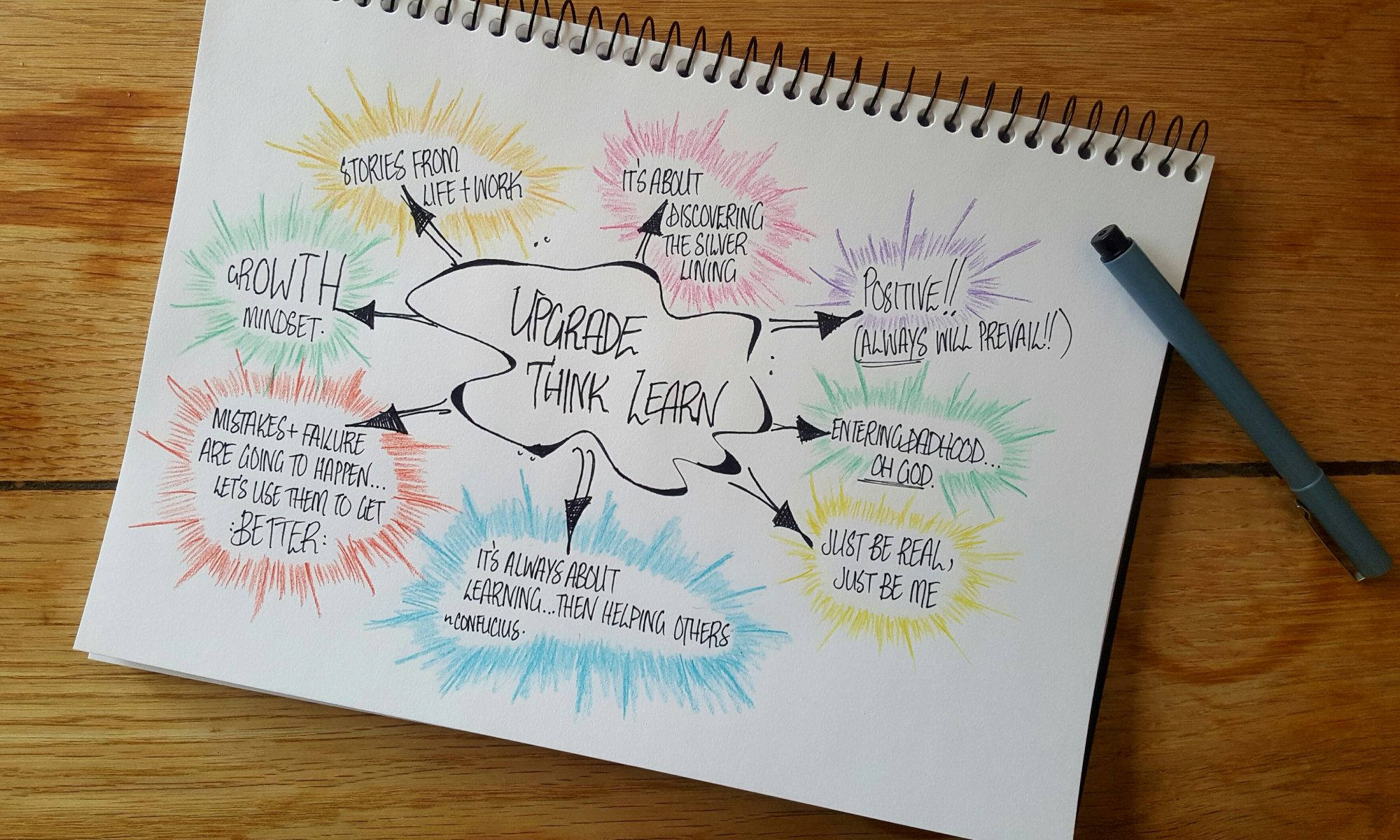If all those smugly optimistic Officeworks ads I’ve been bombarded by are correct, it’s back to school time. (I swear they had these already pumping out from Boxing Day, which gave me a slight panic attack).
It’s a weird time now for teachers. We’re relishing the days we have left, but already starting to live in the future. Planners, classroom setup, class lists and groupings, outlining units, assessments and considering possible learning goals for some of our class.
And of course, the classic teacher competition of making your classroom door look bloody amazing.

Source: Schooling a Monkey
What can occur at this time of year is a stealth build up of stress as we start living in the future, picturing all the things we need to do and might need to do.
Then, we jump on Pinterest (or wander around our school) and start comparing others’ rooms to ours. Even before our students have walked into our rooms – the reason why we all got into this caper – our stress levels have jumped up more than is needed.
What if it didn’t have to be that way?
Imagine if our preparation also included writing down (or just telling ourselves aloud) what we weren’t going to do.
Because knowing what we don’t need to invest our precious time and energy on matters.
Learn from my big mistakes from over the years – particularly during my first four years.
(Also, for a bit of a deeper dive about class layouts and how they impact kids, check out this piece by Teacher Magazine).
Consideration #1
Setting up word walls with the heading and space where you’ll all use them? Yes.
Laminating, cutting up and then hanging up EVERY SINGLE sight word for your Year 1s? No.

Remember, the power in our learning spaces is when we make it collaborative.
As words are discovered, focused on and unearthed, get them onto that word wall. Then, guide students to see and use them as much as possible.
If they’re already up in a room that has everything, those words can become a part of the general busyness of our rooms…students can’t see the words for the walls.
Consideration #2
Having a greeting for those coming into the learning space to feel welcome? Yep.
Photoshopping individual students’ heads onto a range of superheroes, printing out double-sided, laminating, cutting out, re-laminating (they must be durable, right), cutting out again and then blu-tacking on window to the classroom door…before designing a unique font for each child’s name? Hell, no.

Don’t get me wrong. I love an eye-catching, creative and engaging entrance to a learning space. But, pick and choose where your time and energy is going to go.
Be willing to stop and consider if you’re getting too caught up in something, or set a time limit so you don’t get sucked into the Classroom Preparation Black Hole that appears every January.
Consideration #3
Being aware of how students could use the space to move easily around and work and learn independently or collaboratively? Yep, always helps.
Painstakingly setting up THE design for your desks and classroom that will be figuratively (and possibly literally) set in stone until at least Semester Two. Then, marking down tiny bits of masking tape as guide points so that every single day the desks stay in the EXACT same spot so you can breathe easier knowing you nailed the desk setup? Maybe not.
(Yes, I did this. No I wouldn’t recommend it. I’ll never get back those two whole days spent on this in January 2010).

Knowing the purpose of learning spaces is a big thing I’ve discovered throughout my career. The room we’re in, the role we have, the number of students, the needs of students, the types of desks, and the goals you are working on can affect this.
The main questions I ask when looking at my room are:
Where would students most likely look? (Consider word walls, class info and key visuals or resources to go here!)
What might it look and feel like from a student’s perspective?
Where could we all gather? (Or how will we all learn how to move things so we can gather?)
Can I easily get to any desk/group area?
Where else could students go for quiet or independent learning? (Think outside the box…or the classroom!).
The way our room looks, the colours, fonts and pictures do matter. They do.
However, if we have carefully thought about how our spaces will be used, what will be up on our walls (and why!), and involved our class in filling in the blanks you’ll create an incredible classroom.
One that every kid wants to be in, is engaged by and learns from.
What it that you don’t do when setting up your room these days?
What have I missed?!
Leave a comment below to help us all or share your thoughts with me at dan@upgradethinklearn.com.

Enjoyed this post?
Get our best teaching tips and ideas straight to your inbox as soon as they’re written – less waiting and clicking (woohoo!).


Perfect timing for this reminder Dan… I’m walking into a blank room, not having met any staff or kids… where in week one teachers n students collaboratively create a classroom display.
Oh how my OCD is going to sky rocket!! 😣
Glad to help in anyway, Etta! Sounds like a perfect mix of creativity and challenge…keep me posted, I’d love to hear about how it all goes!! (Along with the OCD management!).